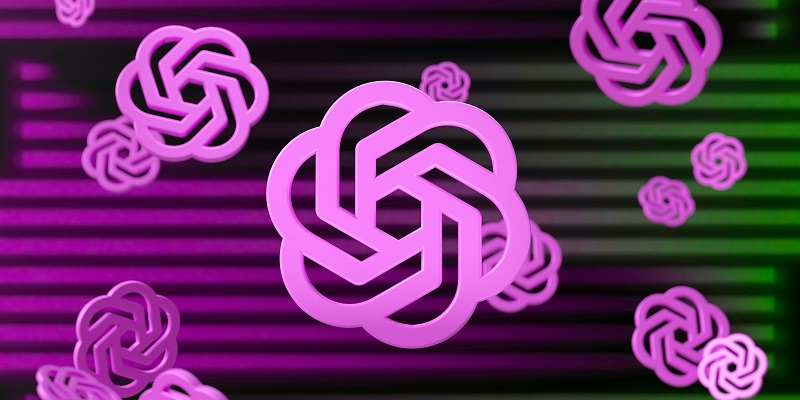Generative artificial intelligence (AI) platform ChatGPT is set to undergo a significant upgrade as OpenAI announces the addition of voice and image capabilities to the previously text-based system. OpenAI, the company behind ChatGPT, aims to enhance user experiences by allowing conversations with the AI and enabling users to “show” the AI images related to their discussions. With these additions, OpenAI envisions that ChatGPT will have a more extensive range of applications in users’ everyday lives.
Expansion of ChatGPT Capabilities
Traditionally, ChatGPT has been limited to generating responses based on written prompts. However, the newly introduced voice and image capabilities in the paid versions of the service will allow users to interact with the AI in more dynamic ways. OpenAI seeks to bridge the gap between humans and AI by enabling voice-based conversations and giving users the ability to share images to provide context.
Benefits of Voice and Image Capabilities
OpenAI emphasizes that the integration of voice and image capabilities enhances the usability of ChatGPT in multiple contexts. Users can now take advantage of these features to facilitate various tasks in their daily lives. For instance, by capturing a photo of the inside of a refrigerator, ChatGPT can suggest relevant meal recipes. Additionally, users can upload a picture of their child’s math homework to seek assistance and problem-solving guidance from the AI.
Rollout of voice and image capabilities
The introduction of voice and image capabilities will initially be available to ChatGPT Plus and Enterprise users. OpenAI plans to roll out these features gradually over the course of the coming weeks. Furthermore, OpenAI has its sights set on integrating the voice and image capabilities into popular smartphone operating systems such as Apple and Google. This expansion will allow users to access ChatGPT’s enhanced features directly on their mobile devices.
Improving Spoken Interactions
OpenAI has collaborated with voice actors to make the spoken interactions with ChatGPT more realistic. By employing the expertise of professionals, OpenAI aims to enhance the conversational capabilities of ChatGPT, making the AI-generated responses feel more human-like and natural. This advancement is expected to enhance the overall user experience and make interactions with ChatGPT more seamless and engaging.
Rise of Generative AI Programs
The advent of generative AI programs has garnered significant attention in recent months. ChatGPT, in particular, has led the charge by showcasing its ability to generate not only essays and poems but also entire conversations from minimal prompts. This emergence of generative AI technology holds immense potential for various industries and applications, but it also raises concerns about the misuse of such capabilities, including the spread of misinformation and cybercrime.
Other tech giants are exploring generative AI
OpenAI is not alone in the pursuit of capitalizing on the promising potential of generative AI. Leading technology companies such as Google, Meta, and Microsoft have also started investing substantial resources in developing and deploying generative AI systems. While these companies are eager to leverage the benefits of generative AI, they remain cautious of its potential risks and are actively working to mitigate them.
OpenAI’s Collaboration with Spotify
OpenAI’s influence extends beyond the realm of ChatGPT. The music streaming platform Spotify has partnered with OpenAI to utilize its technology in translating podcasts into different languages while preserving the speaker’s original style. This collaboration allows Spotify to cater to a diverse audience and expand its reach to non-English speakers without compromising the authenticity and style of the original podcast episodes.
Spotify’s Language Translation Initiative
In the following weeks, Spotify plans to initiate its language translation effort by translating English-language podcast episodes into Spanish, French, and German. By leveraging OpenAI’s technology, Spotify aims to provide a more inclusive and accessible podcast experience, breaking language barriers and accommodating listeners around the world.
The latest announcement by OpenAI regarding the addition of voice and image capabilities to ChatGPT marks a significant milestone in the advancement of generative AI. With these improvements, ChatGPT becomes a more versatile tool capable of engaging in dynamic conversations and interpreting visual information. As the integration of generative AI continues to expand, companies such as OpenAI, Google, Meta, and Microsoft are at the forefront, working to harness its potential while addressing important ethical considerations. Furthermore, partnerships like the one between OpenAI and Spotify demonstrate the wide-ranging influence of generative AI across diverse industries. As these technologies evolve, they have the power to transform how we interact with AI systems, opening up new possibilities and revolutionizing the way we consume and create content.

